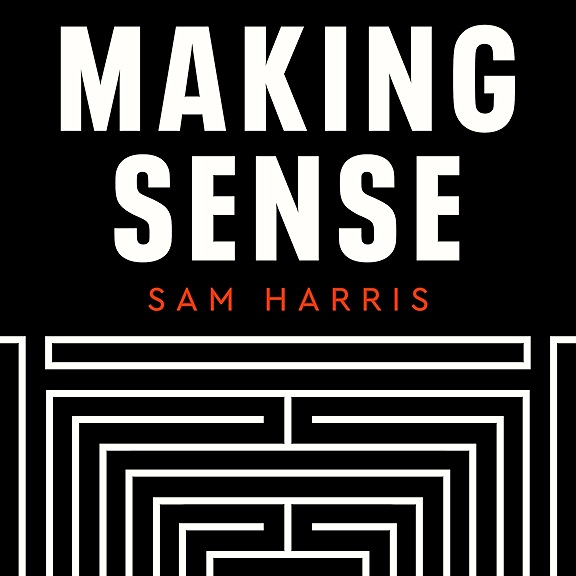
This week on the A Trip to Space podcast we take a trip back to the Moon, where ESA and NASA are preparing to make exploration much easier and more sustainable.
First The European Space Agency has announced plans to build a constellation of a navigation and communication satellites in orbit around the Moon that could one day enable it to become the ‘eighth continent'.
This network would be open to all travellers to the lunar surface and orbit – both human and robotic and from any space agency or space businesses, with the goal of making lunar exploration cheaper and more sustainable.
On that note, NASA announced the VIPER mission, to send a rover to the lunar South Pole in search of frozen water and other potentially beneficial researchers future human explorers could utilise.
NASA plans to send the first woman and next man to the lunar surface in 2024, a year after this robotic explorer will scope out the same location and landscape.
But that's not all we cover in this packed show. NASA has confirmed it ‘may' have discovered organic salts on the surface of Mars – thanks to the chemistry lab in the belly of the long-running Curiosity rover.
These salts are like ancient relics, signs that life may once have been present on Mars, but all other larger molecules have since been removed due to radiation – leaving just these tiny remnants.
NASA says ‘may' as it is impossible to tell if they are organic in origin with the equipment Curiosity has, but studies on Earth seem to suggest they should be, so future missions will explore this idea in more detail
We also come a little closer to home, with Virgin Galactic's news that it completed the first ever human spaceflight operating out of New Mexico – sending its VSS Unity up beyond 55 miles.
Richard Branson’s Virgin Galactic have successfully reached space for the first time from New Mexico with their spaceship VSS Unity – after it separated from mothership VSS Eve.
This flight meant that New Mexico had become the third state to launch humans into space. Unity reached Mach 3 after being released from Eve and reached space at 55.45 miles before gliding back to Spaceport America.
CJ Sturckow and Dave Mackay were in the flight deck of Unity when it reached space with CJ becoming the first person to fly to space from three different US states.
I also finish the show with a reading of the first chapter from HG Wells Modern Utopia, in a new feature exploring some old, public domain science fiction.
The 1905 work was serialised in the Fortnightly Review and is presented as a tale told by a character known as the ‘Owner of the Voice'.
The premise is that there is a planet exactly like Earth, so similar in fact all the current people on Earth also exist ‘in duplicate' on this world, but they have different habits, traditions, knowledge, ideas, clothing and appliances.'
But they all speak English, as, according to Wells ‘should we be in Utopia at all, if we could not talk to everyone?'
Then we explore Proxima Centauri b, the first planet in the Proxima Centauri system, which is the smallest star in the triple star system Alpha Centauri.
Proxima Centauri b was first discovered in 2016 and is thought to be a slightly larger than Earth terrestrial world, orbiting within the habitable zone of its star – meaning it may have liquid water.
It hit the headlines recently when unexplained radio signals were detected coming from the star system, although radio astronomers now believe this was just natural inference, rather than an intelligent alien race saying ‘hi'.
The system is also popular due to the fact it is the closest star system to the Earth at 4.2465 light-years (1.3020 pc) away from the Sun in the southern constellation of Centaurus.
Breakthrough Starshot is a mission to send a fleet of tiny solar sail powered probes to Proxima Centauri travelling at 20% of the speed of light propelled by around 100 gigawatts of Earth-based lasers.
The probes would perform a fly-by of Proxima Centauri to take photos and collect data of its planets' atmospheric compositions. It would take 4.25 years for the information collected to be sent back to Earth.
We may get some indication sooner than that though, according to astronomer Avi Loeb, who predicts that the James Webb Space Telescope will be able to see evidence of artificial light on the planet.
The post Episode 5: A Trip back to the Moon first appeared on Ryan Morrison.
Hosted on Acast. See acast.com/privacy for more information.




















